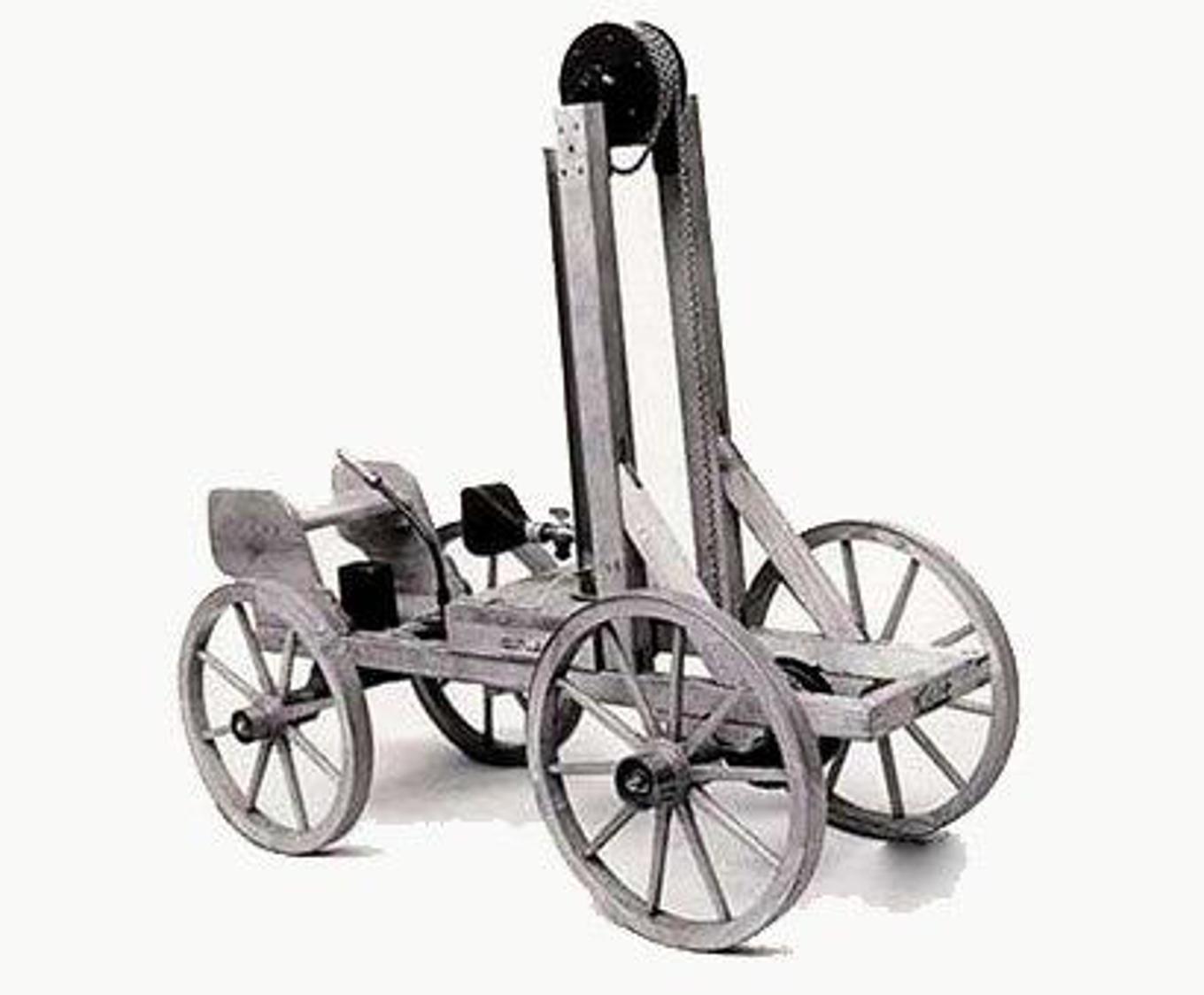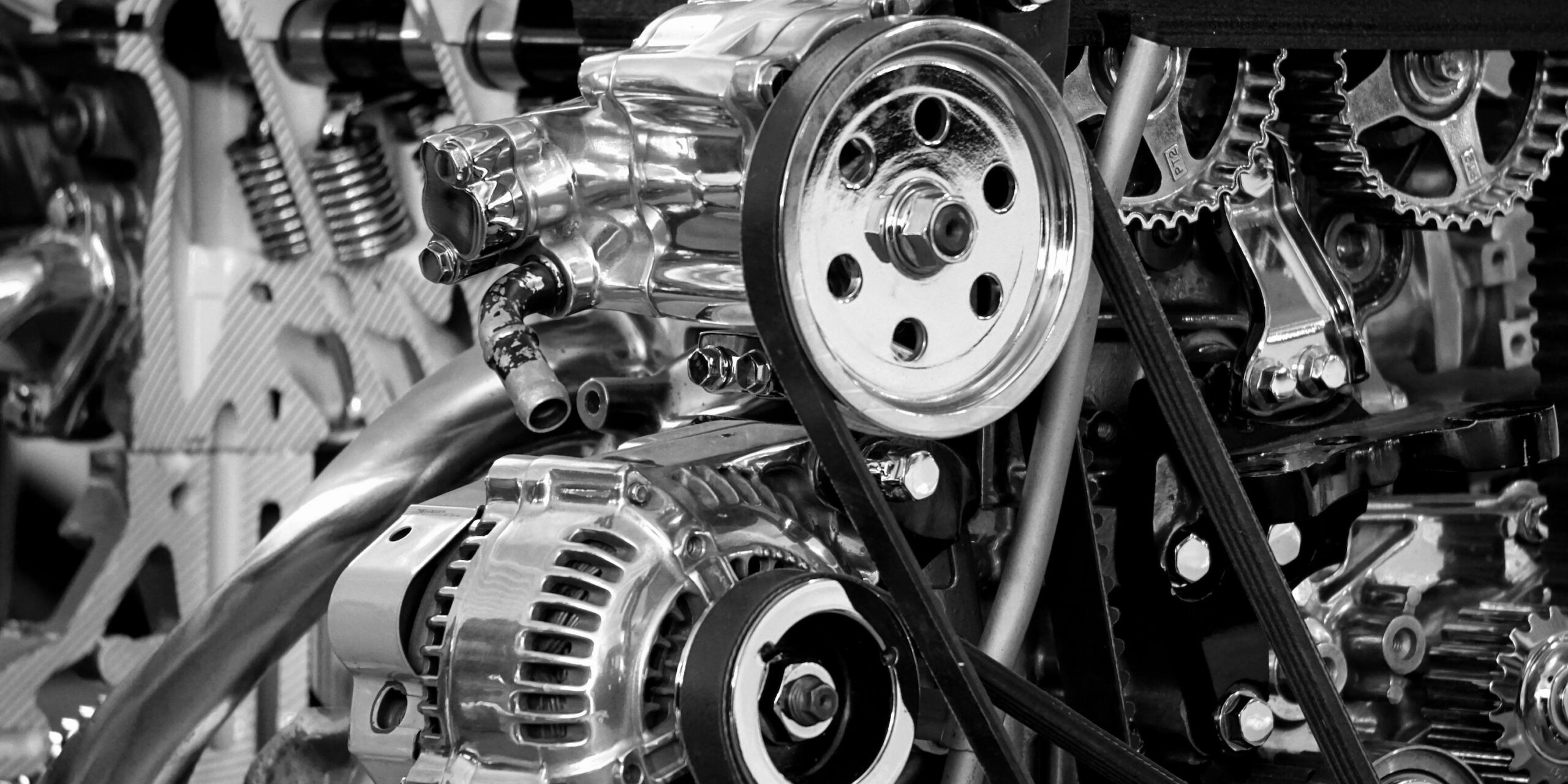No products in the cart.
Fill up with water and drive 40% cheaper
1766:
Everything began when Henry Cavendish, British scientist, discovered something he called “inflammable air”. He defined and described, for the very first time, the density of this inflammable air, created by water during combustion, in a newspaper article.
Antoine Lavoisier later repeated Cavendish’ experiment and gave this element its present name – hydrogen.
1776:
Dutch scientist Martinus van Marus (1750‐1837) during one of his experiment with electricity created oxygen and gaseous hydrogen with the help of electrolysis. He discovered, maybe by accident, that this mixture could be inflamed with an electric spark.
1789:
Dutch chemists Paets van Troostwijk and Joan Rudolph Deiman were the first to define in their experiments that water consists of two elements, 1 molecule of oxygen O and 2 molecules of hydrogen H2, which can be separated by electric current.


1806:
Francois Isaac de Rivaz (1752‐1828), Swiss inventor, was first to successfully create a combustion engine. This engine was fueled by a mixture of hydrogen and oxygen. A year later, he was successful in building one of the first automobiles, which was, of course, powered by his new hydrogen engine. During these times this was monumental technological advance.
NOTE: First gasoline powered engine was not used until 1870.
1918:
Charles H. Frazer patented first hydrogen generating cell (Hydrogen Booster) for combustion engines in the US. (USA Patent.No. 1262034). He cited that his invention increases the effectivity of combustion engines, completely burns hydrocarbons, the engine gets cleaner and even more important, that a lower amount of fuel can be used, along with fuel of lower quality to achieve the same performance. Most likely this is when the history of HHO generators, as we know them today, began to be written.
1935:
Henry Garrett, talented American inventor from Dallas, along with his son patented an automobile that ran on water. In reality it was a mixture of hydrogen and oxygen converted from water by electrolysis. Today this mixture is known as HHO.
NOTE: Until 1940 more than 300 patents were registered of various engines burning hydrogen or hydrogen cell working on the basis of water electrolysis.
1943 Thanks to the serious shortage of conventional fuel at the end of the Second World War (WW2) the British army used HHO Oxyhydrogen gas generators in their tanks, boats and other automobiles to increase their range and protect the engines from overheating in Africa. They used generators very similar to those that save fuel thanks to HHO today. Immediately after WW2 the government has ordered the destruction of all of these generators from all of the automobiles and tanks.
These devices and this technology were supposed to be forgotten, but a few of these war generators were preserved and improved by an engineer.
1943 - 1945:
Thanks to the serious shortage of conventional fuel at the end of the Second World War (WW2) the British army used HHO Oxyhydrogen gas generators in their tanks, boats and other automobiles to increase their range and protect the engines from overheating in Africa. They used generators very similar to those that save fuel thanks to HHO today. Immediately after WW2 the government has ordered the destruction of all of these generators from all of the automobiles and tanks.
These devices and this technology were supposed to be forgotten, but a few of these war generators were preserved and improved by an engineer.
1860:
Belgian and French Jean Bienne Lenoir designed and constructed automobile, in which he also used an engine that produced hydrogen with the help of electrolysis. It ran on an electric battery.
1875:
Writer and a visionary Jules Verne wrote the following sentence in his book The Mysterious Island: „Water will decompose into its primitive elements and will be decomposed doubtless by electricity, which will then become a powerful and manageable force. Yes, my friends, I believe that water will one day be employed as fuel.”
1888:
Especially in the last years of 19th century a number of experiments were performed concerning the production of hydrogen gas. They were, for example, addition of hydrogen vapour into hydrogen flame to improve its flammability for lighting and heating purposes, or safe burning of hydrogen mixed with oxygen in Bunsen burner and the use of mesh screen for safety. Even during these times, they clearly knew how to use this gas but it was not economical thanks to the high price of electricity (used for creating hydrogen) and its limited accessibility.


1962:
William A. Rhodes (USA) is the first inventor of the well‐known patent on electrolyser which produced easily removable gas, known today as HHO. In the mid 1960s Rhodes along with his partners founded the Henes Corporation which started to sell the electrolysers commercially.
1974:
Few years after William Rhodes, the Australian Yull Brown (Bulgarian, born Ilja Velbov 1922‐1998) patents his own construction of gas electrolyser (known today as Brown electrolyser after this inventor). Brown has spent big part of his life trying to commercialise his device. He successfully persuaded investors to invest $30M into further development and marketing of his device and his dream of commercial success began to blossom. His investors lasted almost 30 years. Because of his lifelong quest and work he was honored by the world and we now know this mixture of hydrogen (water H2O split into its individual molecules H‐H‐O in the ration of 66 parts of hydrogen to 34 parts of oxygen) as Brown’s gas.
Many companies were later funded as both collaborators and competition with Yull Brown.
In the second half of 1970s one German company began producing oxyhydrogen generator in large quantities. They have used new materials and parts, but have still kept the Brown’s elements original, made out of massive steal, just as they would be were they used during WW2. As with all military equipment, these generators were created to be tough and have longevity and because of this, they are still functional today.
1977:
NASA Lewis research center created a number of tests on typical American 8 cylinder engine (V8 LARGE BLOCK). The results were shocking. They were also developing alternative method of gas production that would be more effective that the basic electrolysis.
1990:
Juan Carlos Aquero patented system that converted energy for combustion engines using HHO gas and vapor. (European patent: 0 405 919 A1/ 90306988.8 26‐26‐1990)
The same year an inventor from the US and most likely the biggest pioneer of the modern HHO technology, Stanley A. Meyer, was granted a patent for a method of production of oxyhydrogen fuel gas (Oxygen‐Hydrogen Fuel Gas) (USA Patent number : 4936961). What he has achieved and what was really ground breaking was the dielectric resonant circuit. Stanley Meyer created a car which used water as its fuel source.
Detailed article about this HHO pioneer, his life and to this day his unexplained death (most likely eliminated by crude oil companies as he became uncomfortable for multi‐billion fossil fuel business, this theory is also supported by the fact that his patent mysteriously disappeared after his death) can be read here.
1991:
Kim Sang Nam from Korea visited the laboratory of Yull Brown in Sidney, Australia. This was the beginning of Brown’s collaboration with big Korean corporation focused on HHO technologies. They were successful in developing innovative technology involving Brown’s gas. Today, thanks to this corporation, Korea is a major manufacturer of the original Brown’s gas generators. In this country, the HHO technologies are becoming more and more popular in recent years.
During the next few years many other influential companies in many countries around the world started to research HHO and Brown’s gas, including USA, Germany, Great Britain, France and others. In Canada, where these alternative fuel options are quite popular and also in recent years on the upswing, some companies have abandoned the traditional technology and construction of electrolysers and began with completely new concepts while keeping the ideas from the past research. They have improved on William Rhode’s construction effectively and in an interesting way. Today there are many companies around the world selling generators of the Brown’s type, HHO and others.
2000 – 2010:
Many companies around the world are beginning to patent their HHO generators. Korea has gone the furthest, where even the multinational Samsung is showing interest in this area. This technology is more and more popular in Asia and the rest of the world is quick to follow and catch up. In Europe and Great Britain first CE safety certificates were awarded to HHO devices used in combustion engines. In western and central Europe more and more companies are popping up, slowly entering the world market of alternative energies and HHO systems....
During these years a company named SSpower is founded and is quickly flooding the European market, increasing its operations in the area of HHO and conservation of fuel in combustion engines along with other HHO technologies, such as HHO welders, heating elements or gas burners. It is also increasing its activity into the quickly expanding field of cleaning of combustion engines with the help of HHO gas, so called decarbonisation.
2010:
Many up and running companies in USA, Canada and Europe are developing master units for combustion engines necessary for achieving even better results for lowering consumption. For cars with fuel injectors these are a necessity. Thanks to these devices the documented fuel savings are reaching up to 60%.
